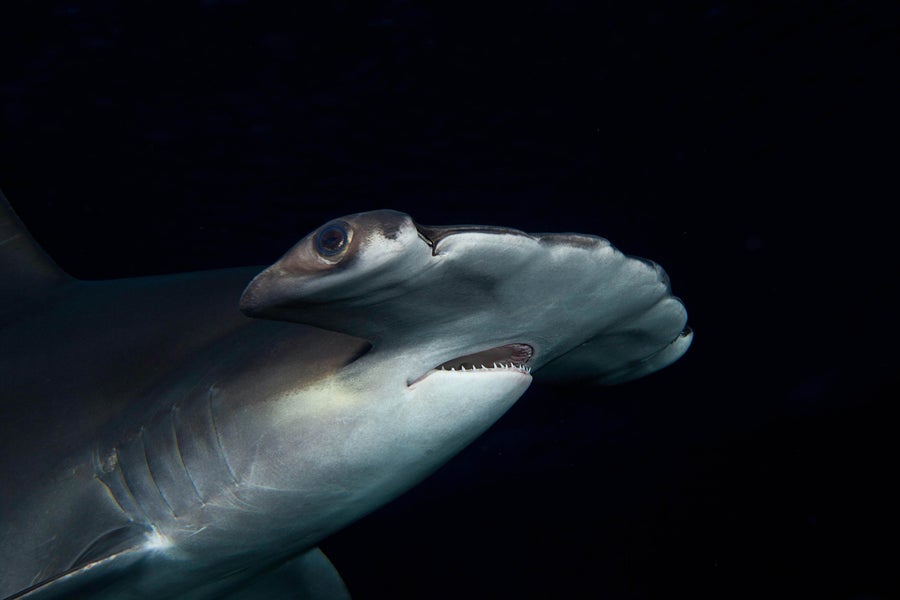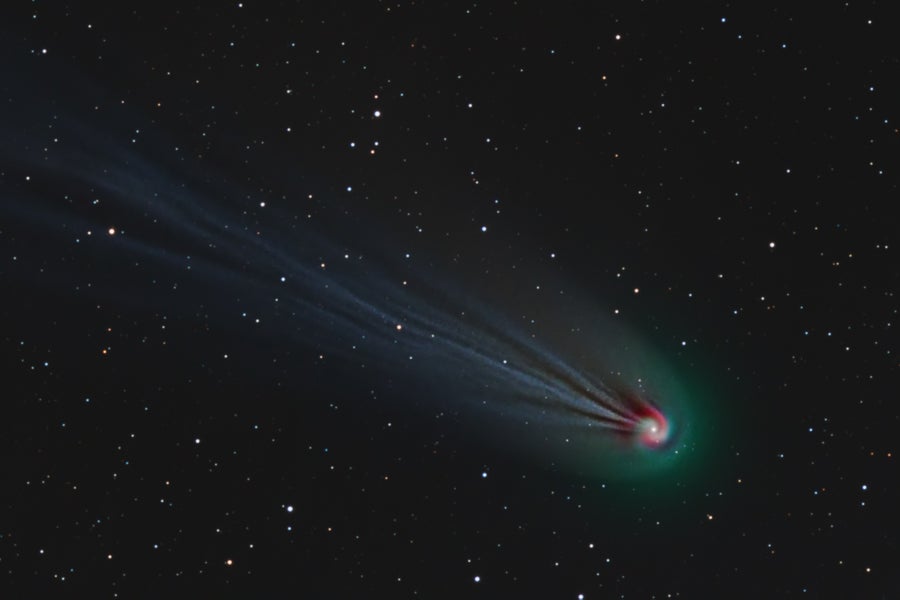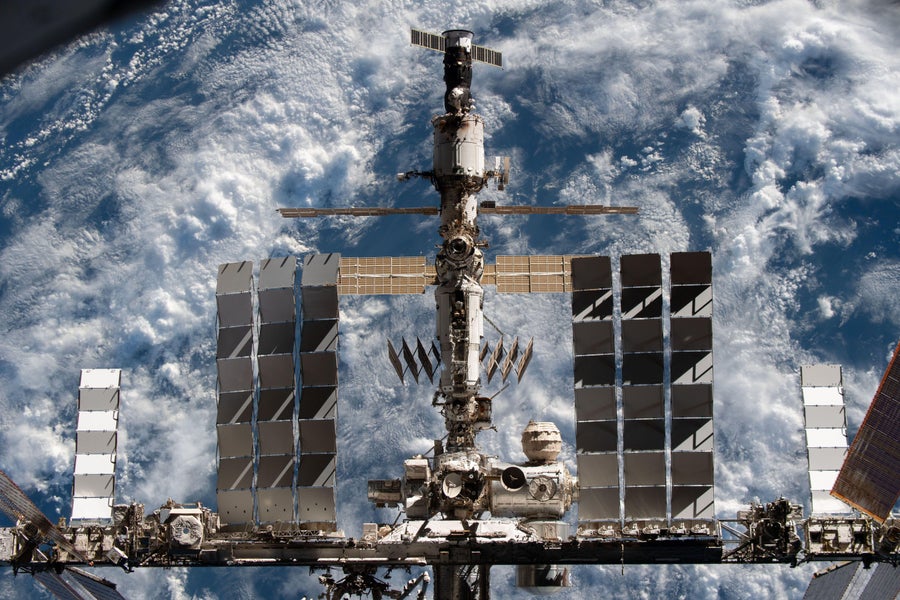Behind the Headlines: Meet science reporter Meghan Bartels
|
|
|
To view this email as a web page, go here.
You received this email because you opted-in to receive email from Scientific American.
To ensure delivery please add newseditor@scientificamerican.com to your address book.
Unsubscribe Email Preferences Privacy Policy Contact Us







Comments
Post a Comment